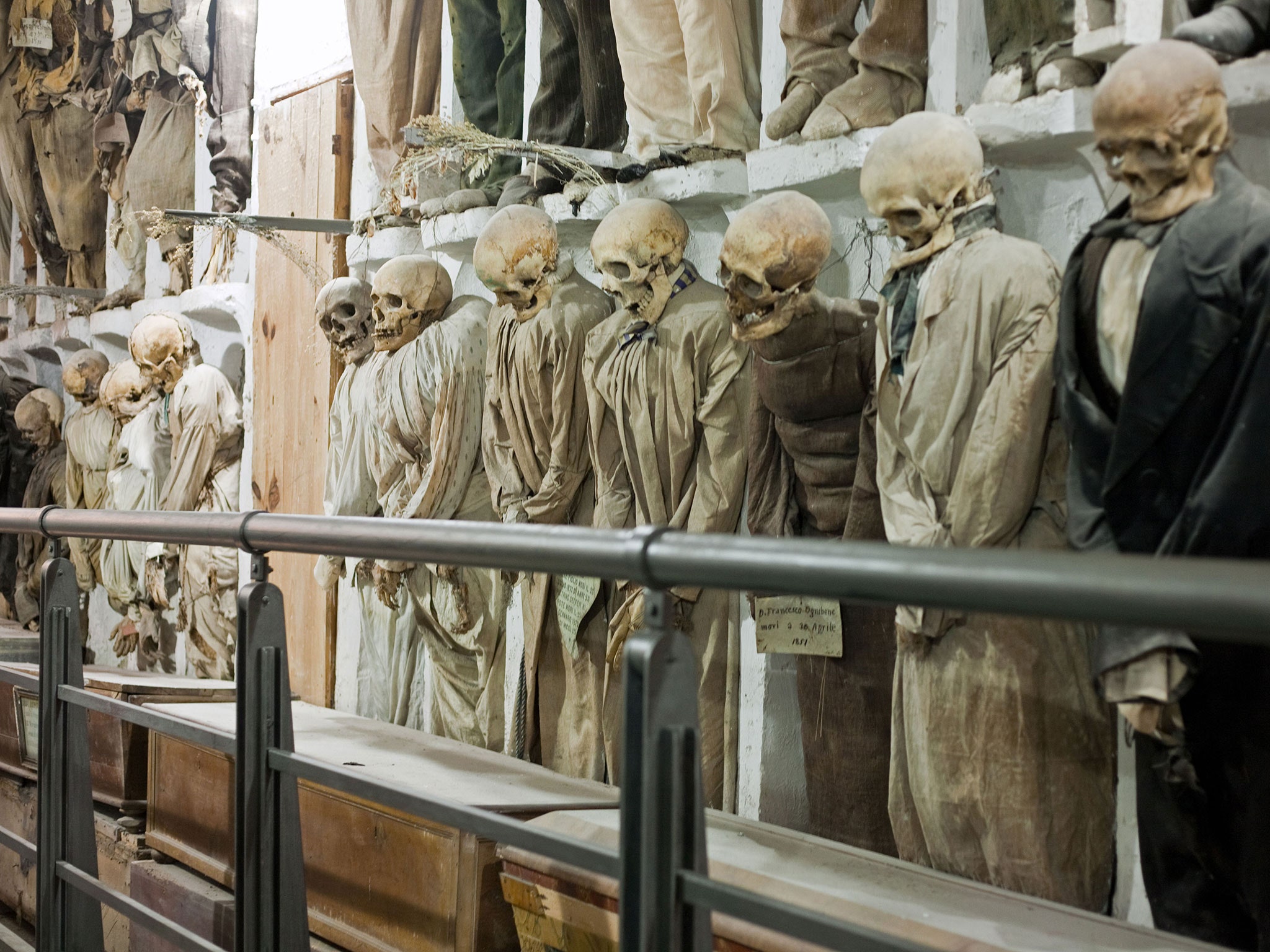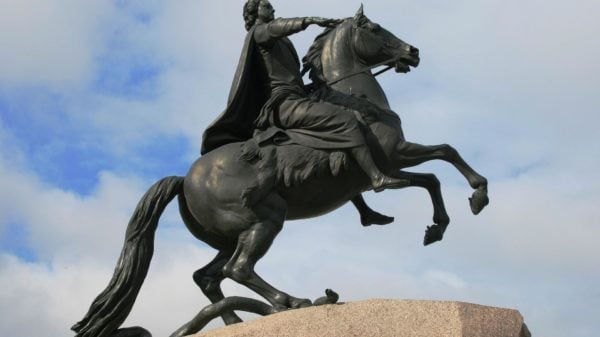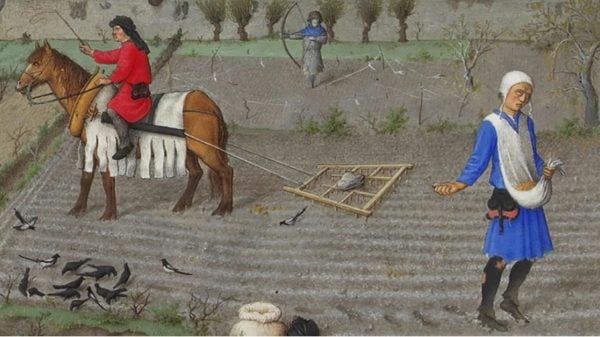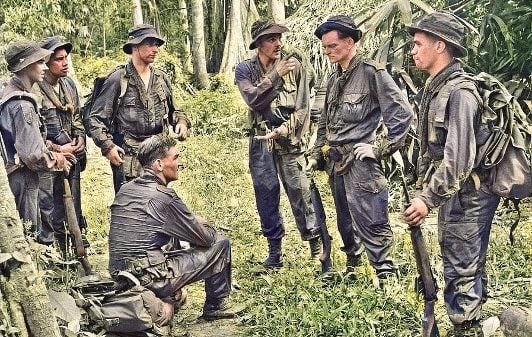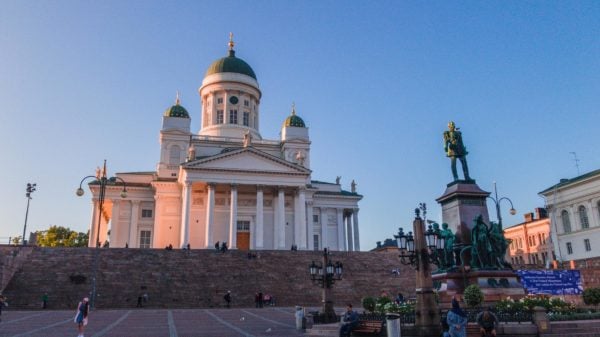One of the most popular but quite gruesome tourist attractions is the Capuchin Catacombs Palermo, Sicily. The Italian burial site, also known as Catacombe dei Cappuccini, is filled with mummified human remains. Tourists and visitors can go down to the monastery’s massive underground catacombs. It was built right under the busy city streets, where people walk every day over the dead.
The corpses inside the catacombs are seen everywhere, some mounted on the walls, stacked on shelvings, and sealed in glass boxes. The bodies are well-covered with traditional robes and regular clothing. Looking at them as a whole, they appear to be a ghastly community of the dead. The image explicitly marks the boundary between life and death.
In The Early Years
As the Capuchin monks lived in the monastery above the catacombs through the 16th century, they decided to dig the burial chamber. This was also when they started the procedure to mummify another monk, Silvestro of Gubbio. Maximizing the dry environment in the catacombs, they put his remains on a shelf, allowing for it to naturally dry out before proceeding to the last phase of the embalming procedure, which is to wash it with vinegar. One year later, the body was covered with his robes and mounted on the catacomb wall where he can still be found today.
The Beginning Of The Legacy
There are a plethora of mummies and corpses that still exist in the underground burial site up to this day. Tourists who go to the Catacombe dei Cappuccini are allowed to go around the slightly-lighted corridors and alleys separated into religious people like kids, virgins, and rich people who bought their spot on the walls. Initially meant for religious people with a connection with the monastery, it started to be a status quo to be part of the dead community buried inside the catacombs.
The rich people and workers started to include in their wills that they wish to put on the most elegant attire when they’re dead, preserved, and put up on the wall or set in coffins. They would want their loved ones to see and visit them, holding their hands while praying. But if the relatives of the dead weren’t able to continue giving their contributions, their remains will be set aside until they resume the payment. As the requests increased, so did the monastery’s reputation and donation box.
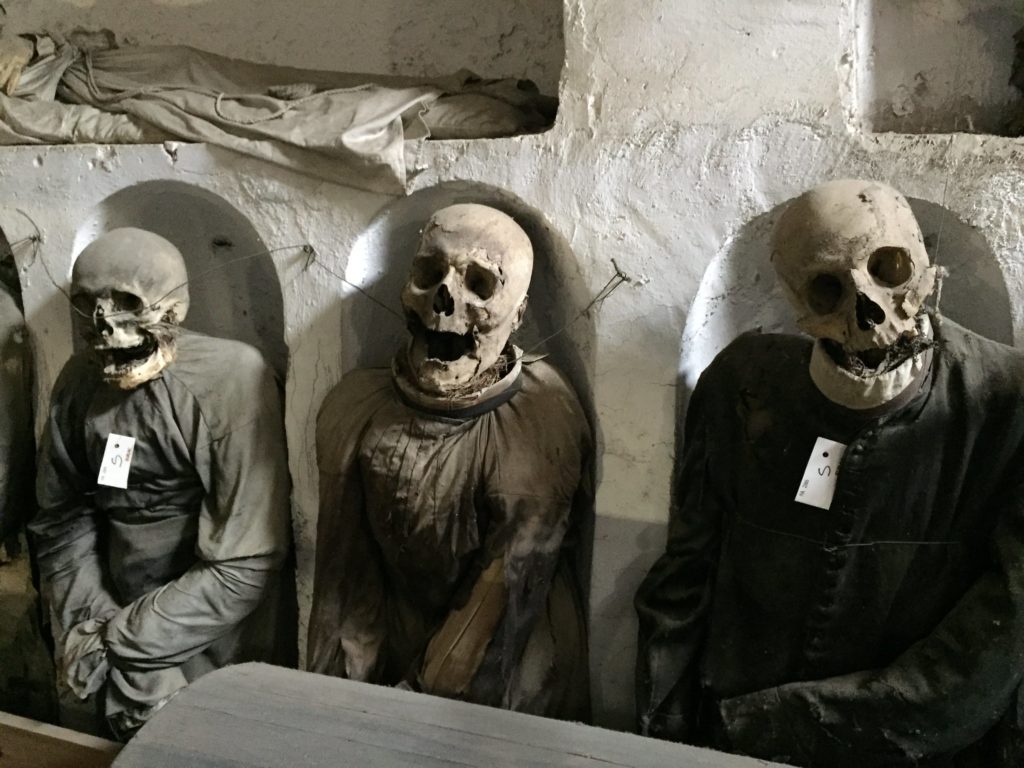
The mummified remains at the Capuchin Monastery Catacombs
The Last Soul Buried
The last person buried was the friar, Brother Riccardo, back in 1871 and years after the catacombs were closed officially. The interments went on until the first part of the 1900s. Rosalia Lombardo, a 2-year-old, was the final soul buried. She died of pneumonia. The cute little one was preserved beautifully in a glass coffin and turned to be the most-watched figure of the catacomb. Several curious visitors gather to have a glimpse of the ‘Sleeping Beauty’ every year.
Rosalia’s father was so devastated by her death that he looked for Alfredo Salafia, the Sicilian chemistry teacher, and seasoned embalmer. The father was very impressed by how his daughter remained attractive, appearing to still have the warm and pinkish complexion. She looked like a child sleeping through the years. Hence, the label Sleeping Beauty.


